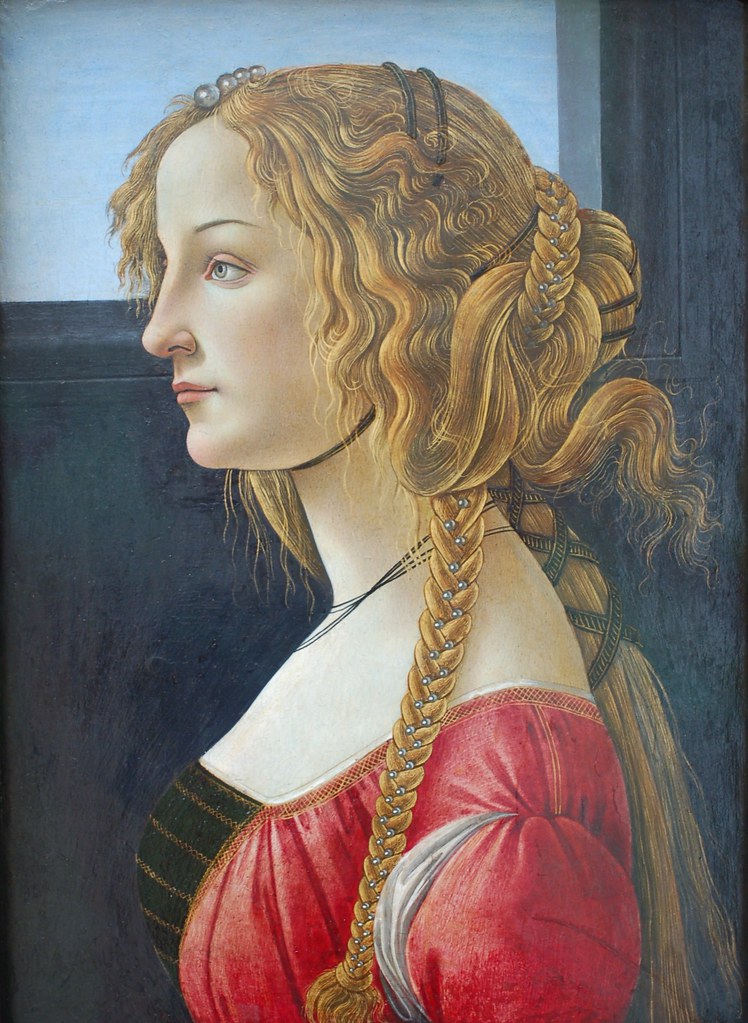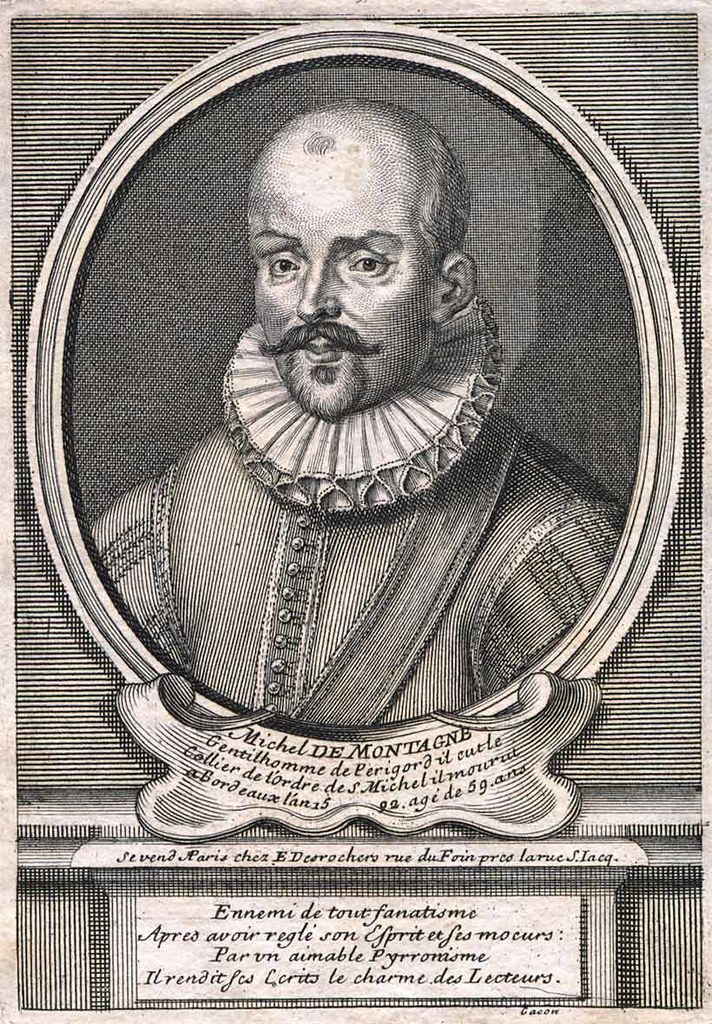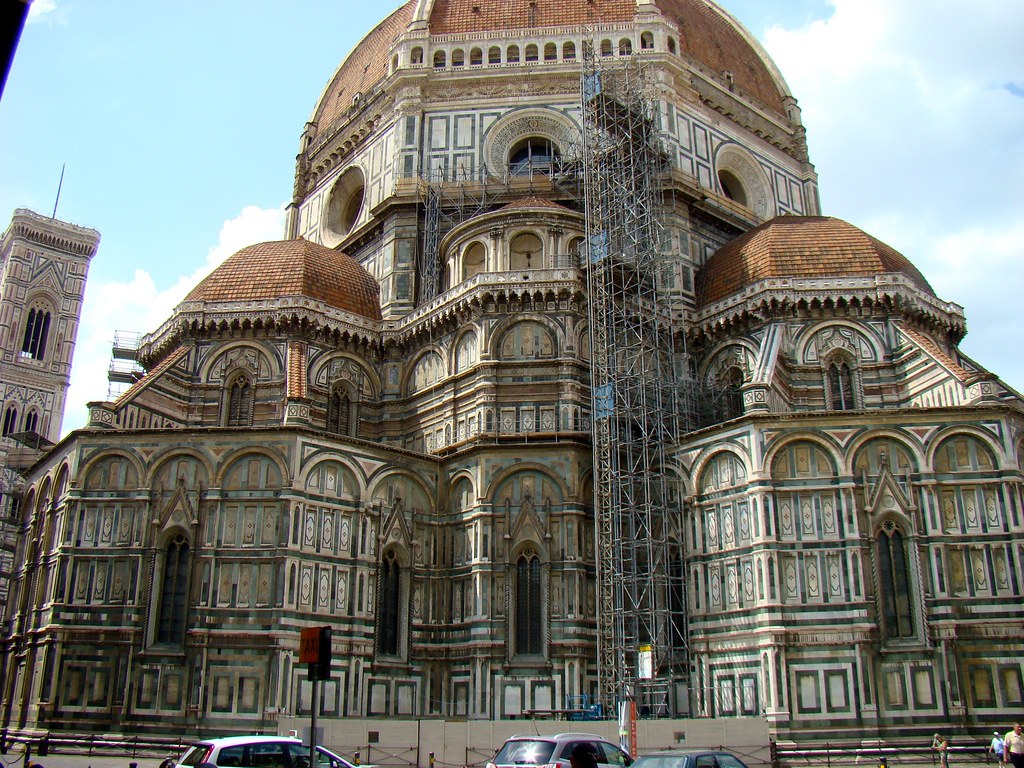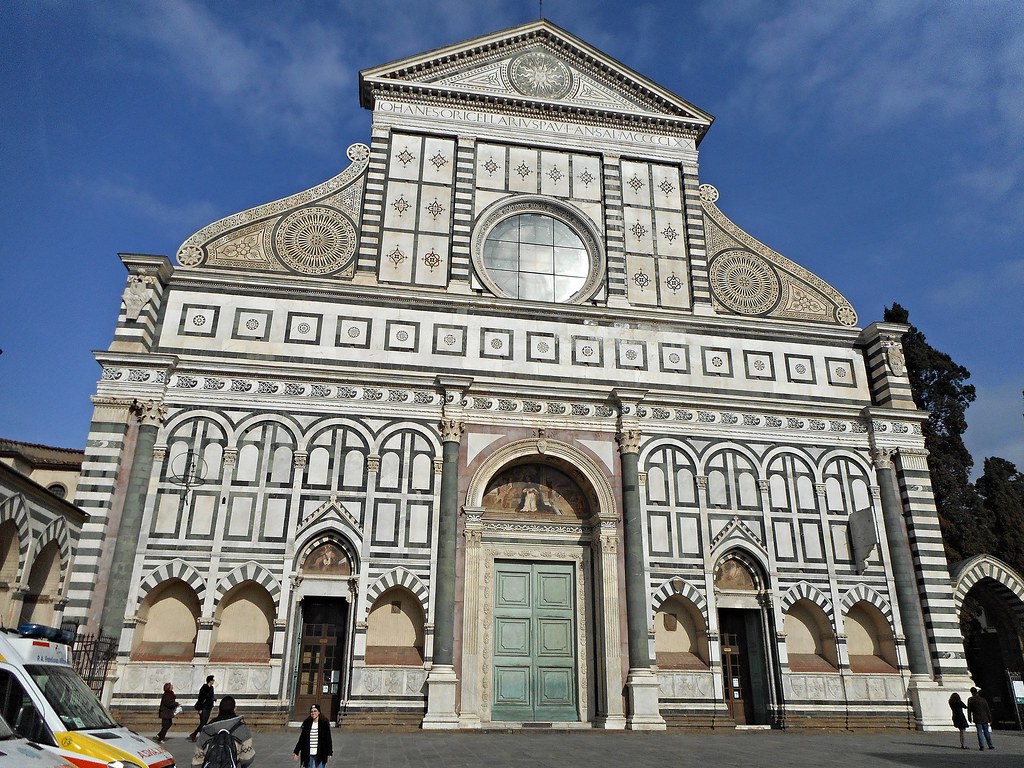Literary Humanism is a devotion to the humanities or literary culture.
The spirit of learning at the end of the middle ages is Renaissance Humanism which developed with the resurgence of classical letters and a renewed confidence in the ability of the human to determine truth and lie for themselves.

Image source:https://search.creativecommons.org/photos/d256a353-9edb-4217-83e8-df0b8122631b by mdwombat
The time when the term “Humanism” was first adopted is unknown. It is, however, certain that both Italy and the re-adopting of Latin letters as the staple of human culture were responsible for the name “Humanists.”
Defining Humanism
Put simply, the word humanist has come to mean someone who:
- Relies on the scientific method when it comes to understanding how the universe works and rejects the idea of the supernatural (therefore atheist or agnostic);
- Makes its own ethical decisions based on reason, empathy, and a concern for human beings and other sentient animals;
- Believes that, in the absence of an afterlife, human beings can act to make sense of their lives by seeking happiness and helping others to do the same.
Renaissance Humanism
Humanism is the term generally applied to the predominant social philosophy and the intellectual and literary currents of the period from 1400to 1650. The philosophy of secularism, the appreciation of worldly pleasures, and the affirmation of personal independence and individual expression were stimulated by the return in favor of the pagan classics.
The interest in worldly pleasures has been generated by the expansion of commerce, the growth of prosperity and luxury, and the expansion of social contacts, despite formal fidelity to ascetic Christian doctrine. Humanists welcomed classical writers who revealed similar social values and secular attitudes.
The humanist mentality was halfway between medieval supernaturalism and the modern scientific and critical attitude. Renaissance man may have found himself suspended between faith and reason.

Image sources: https://search.creativecommons.org/photos/8f8d877b-53f7-4722-b34c-2b80e20d418c by La case photo de Got
Secular and human interests became more important as the hold of medieval supernaturalism began to wane.
The present world has become an end in itself rather than began the preparation for a world to come. The distinction between this world and the other with the advancement of the age of Renaissance humanism tended to disappear.
Humanism was fundamentally an aesthetic movement. Human experience, the man himself, tended to become the practical measure of all things. The ideal life was full participation in rich and varied human relationships.
The dominating element in the finest classical culture was aesthetic rather than supernatural or scientific.

Image source: https://search.creativecommons.org/photos/243b508b-03f7-45a9-8151-bfeb3283f829 by Héliodore
Humanistic contributions to science consisted of the recovery of Greek scientific literature which showed a more accurate and acceptable body of facts and ideas than most medieval scientific works.
The intellectuals of antiquity were disinterested in the supernatural world and the eternal destiny of the soul was instead interested in a happy, adequate, and efficient life here on earth. Hellenic philosophy was designed to teach a man how to live successfully rather than how to die with the certainty of final salvation.
The period from the 14th century to the 17th worked in favor of the general emancipation of the individual. The city-states of northern Italy had come into contact with the different customs of the East and allowed themselves to express themselves in matters of taste and clothing. Dante’s writings, and particularly the doctrines of Petrarch and humanists such as Machiavelli, emphasized the virtues of intellectual freedom and individual expression. In Montaigne’s essays, the individualistic view of life received perhaps the most persuasive and eloquent affirmation in the history of literature and philosophy.

Image source: https://search.creativecommons .org/photos/6c0c5a99-c0a3-413f-ad89-30d2667a089f by Stifts- och landsbiblioteket i Skara
Individualism and the instinct of curiosity were vigorously cultivated. Honest doubt began to replace unreasoning faith.
Classicism
The early humanists returned to the classics with a sense of profound familiarity, the impression of having once again been brought into contact with expressions of an intrinsic and permanent human reality.
Machiavelli’s term “umanità” (humanity) means more than kindness; it is a direct translation of the Latin humanitas.
Classical thinking offered insight into the heart of things. Furthermore, the classics suggested methods by which human reality could transform itself from an accident of history into an artifact of the will. Antiquity was full of examples of epic action, victorious eloquence, and applied to understand. Classical rhetoric carries out enlightened politics, while Classical poetics could bring enlightenment into the very souls of men. In a way paradoxical to most modern minds, humanists have associated Classicism with the future.
Classicism in architecture
Classicism in architecture developed during the Italian Renaissance, in the writings and drawings of Leon Battista Alberti and in the work of Filippo Brunelleschi with an emphasis on the symmetry, proportion, geometry, and regularity of the parts as demonstrated in the architecture of Classical antiquity and the architecture of Ancient Rome.

Image source: https://search.creativecommons.org/photos/26f5bc1f-e9a0-4806-b79b-4306b8d69fd7 by rjhuttondfw

Image source: https://search.creativecommons.org/photos/b4fbd6b7-cee5-41b5-b7d1-c392590b32a8 by DrBob317
The more complex proportional systems and irregular profiles of medieval buildings were replaced by the orderly arrangements of columns, pilasters, and architraves, the use of round arches, hemispherical domes, niches, and “aedicules”.
In the 16th century, Sebastiano Serlio contributed to codify the classical orders and Palladio‘s legacy was transformed into the long tradition of Palladian architecture.

Image source: https://search.creativecommons.org/photos/1ff69522-0283-46df-90c0-abb181b8fd4e by Carlo Raso
From the Renaissance until the advent of Modernism, classical styles of architecture have long dominated Western architecture. That is to say, for much of Modern history, that classical antiquity has been considered the main source of inspiration for architectural endeavors in the West.
Furthermore, architectural styles not considered typically classical, such as Gothic, contain classical elements.
The more or less decisive feature can still be said to be a reference to ancient Greek or Roman architecture and the architectural rules or theories that derived from that architecture.

Image source: https://search.creativecommons.org/photos/b9250ce0-a893-4c83-886f-79a4232d713a by Metadata Deluxe
Info sources:
https://en.wikipedia.org/wiki/Classical_architecture http://americanhumanist.org/humanism/what_is_humanism http://www.iep.utm.edu/humanism/ https://humanism.org.uk/humanism/ http://www.historyguide.org/intellect/humanism.html http://www.britannica.com/topic/humanism
please also visit www.idesign.wiki
